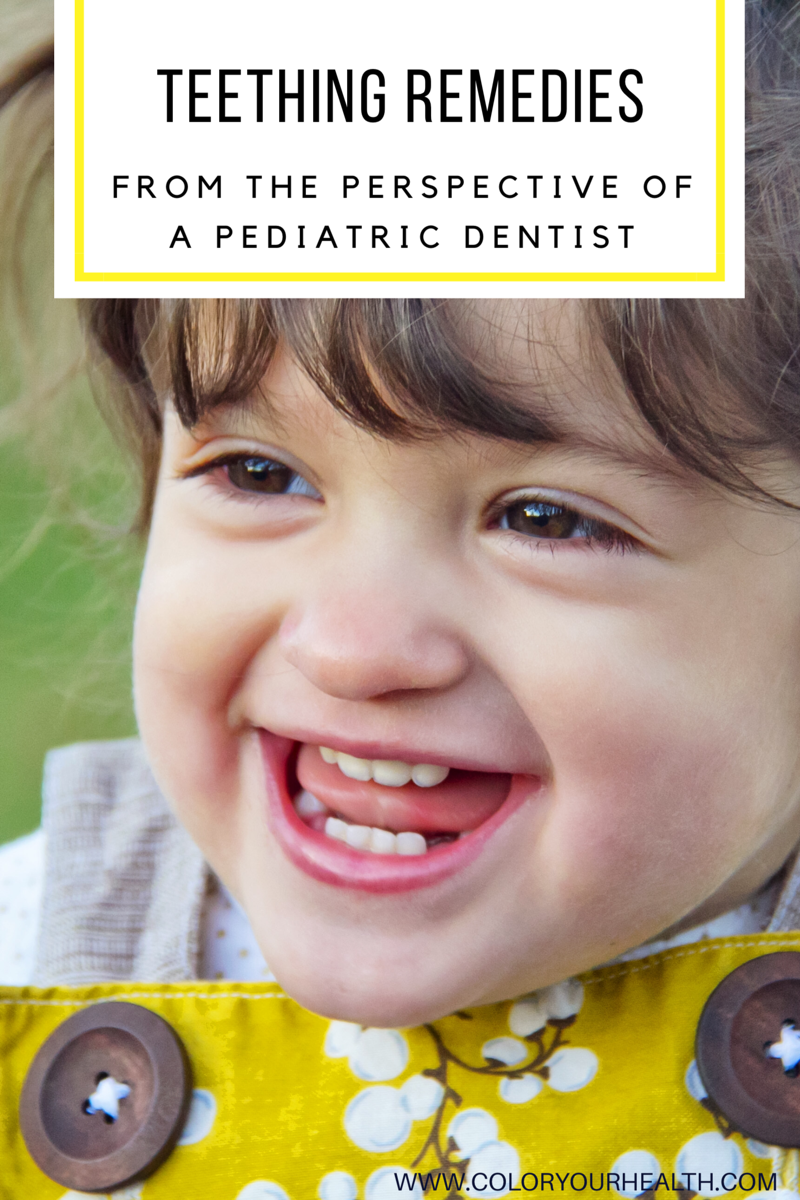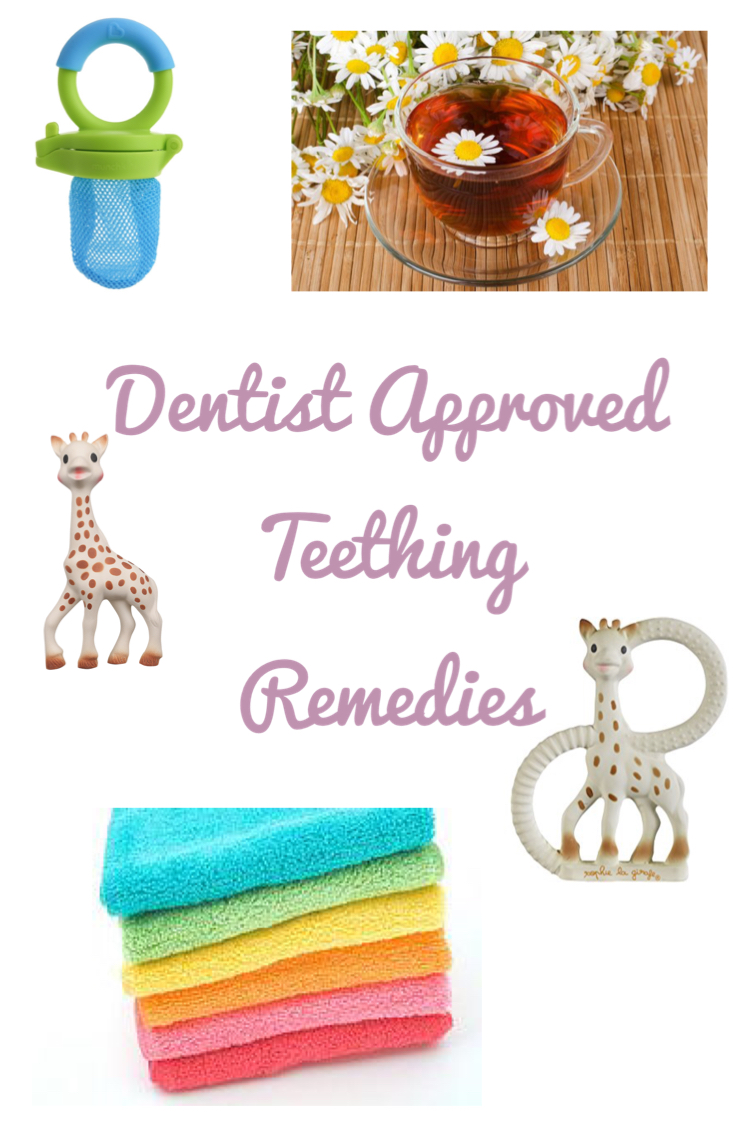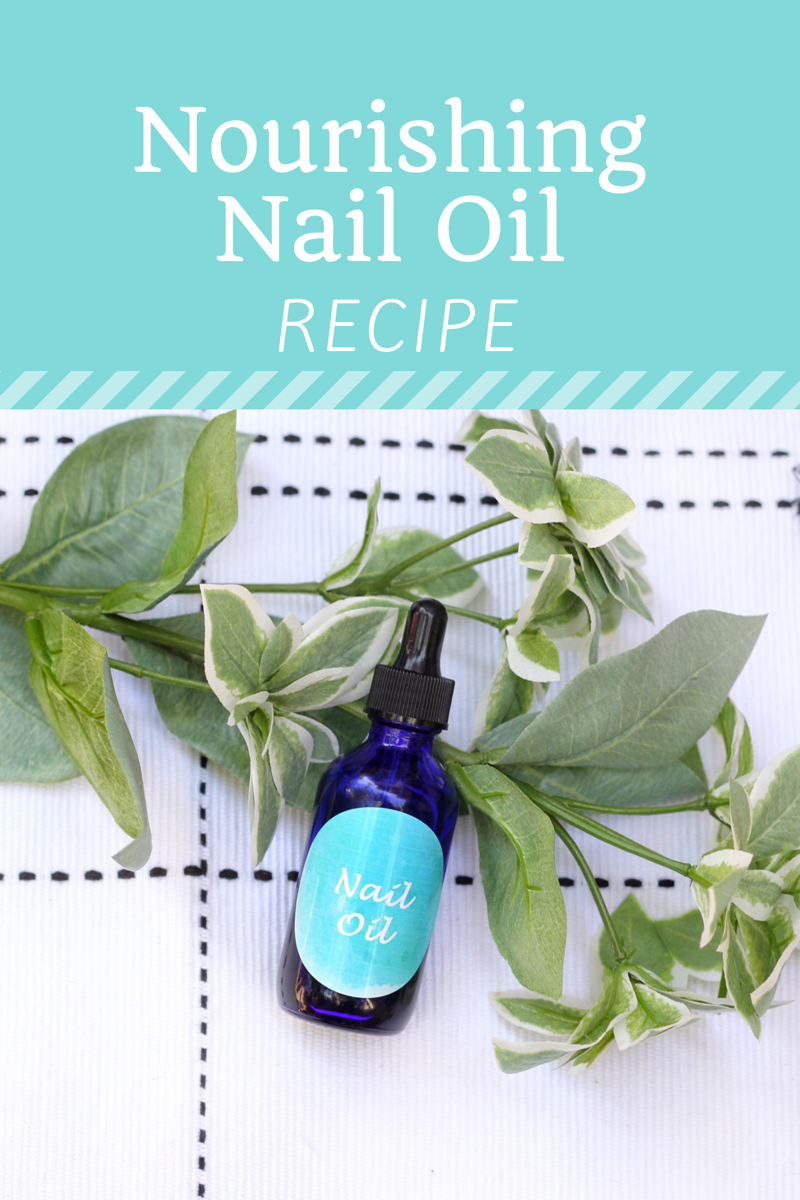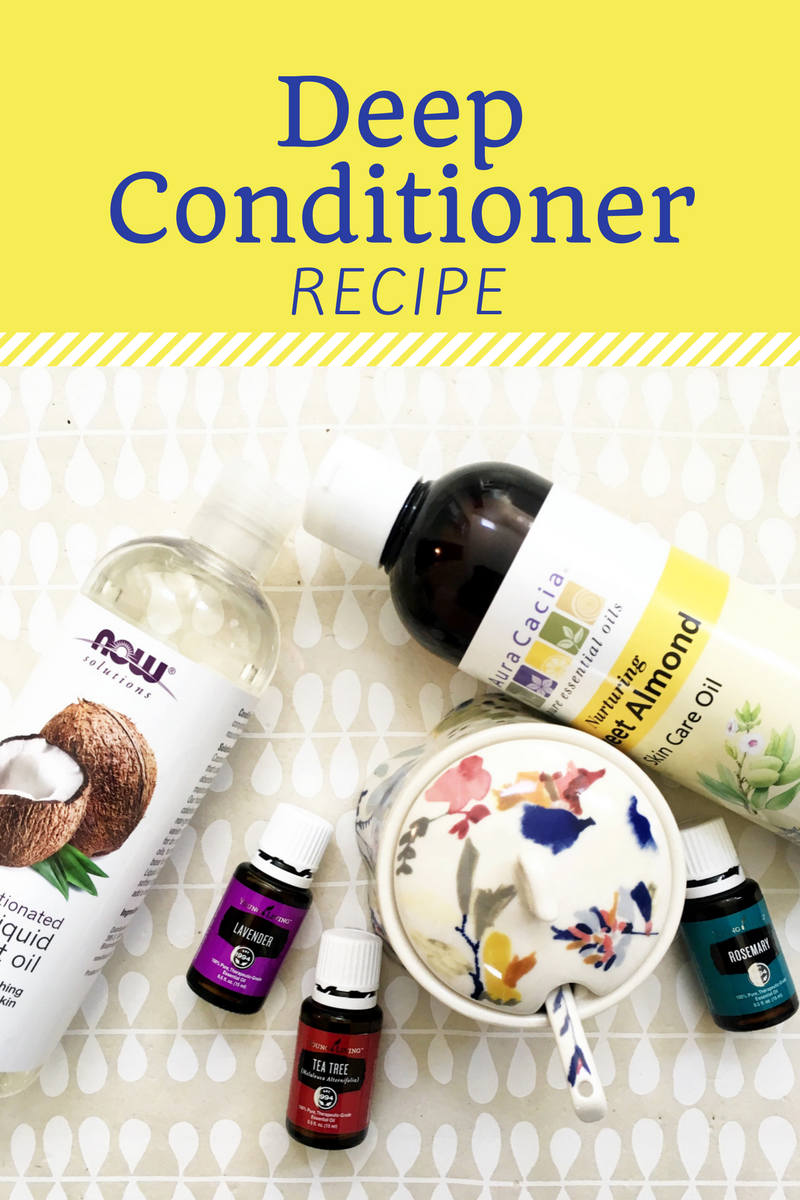Teething Remedies: From the Perspective of a Pediatric Dentist
Post Contains Affiliate Links See Disclosure For More Information
It's just a phase. This too will pass. Storms don't last forever. You can repeat these words to yourself all day and night but no matter how many times you say it, and even if you truly believe it, the teething phase sucks. Yes, I said it. It's not fun. The worst part? There is no magic bullet, I am so sorry to disappoint you if you landed here looking for that. But teething is short lived in the grand scheme of life, this is what I always try to remind my parents that are asking me for advice on the topic. Yes, there are things we can do to comfort our babies, and things we can try not to do to keep our babies safe. Based on my background as a pediatric dentist, my clinical experience treating children's dental needs of all ages, and my experience as a mama; I will write here about my thoughts on the things that can help and the things that can potentially harm a teething baby.
Photo Credit: http://www.webmd.com/parenting/baby/primary-baby-teeth-eruption-sequence
First let's start with a little background. As some may already know and some will soon learn, your baby will typically acquire 20 total "baby teeth". The process usually begins about 6 months old and ends around two and a half years old. This is an average, some will start getting teeth sooner and some later. Some children will get teeth in all around the same time while others erupt one tooth at a time. In general, you can expect your child to get their baby teeth in spurts. Typically this means (in order)- lower center front teeth and upper center front teeth in around the same time, lateral incisors (4 total) around the same time, 1st molars (4 total) around the same time, canines (4 total) around the same time, and finally 2nd molars (4 total) around the same time. Many children will also erupt their 1st molars and canines all around the same time as each other which means 8 teeth in a relatively short amount of time. I give you this background to let you know that typically you are dealing with teething in spurts and not for the full two and a half years. Its nice to be reminded of that sometimes right? Another thing I will add is that discomfort from tooth eruption will typically come in waves according to the pressure of the tooth pushing through the bones and gums. And the most discomfort is typically when the tooth is just getting ready to break through the gum tissue- this is when you can look in your child's mouth and see "lumpy" gums. Most discomfort tends to cease once the tooth is already into the mouth, although not fully erupted.
Now lets address a few teething myths shall we?
1. My baby will likely get a fever and diarrhea when getting a tooth in.
2. My baby will pull at their ears when they are teething.
3. Teething causes diaper rashes.
I can address all of these myths with a single answer. The answer lies in the fact that every story has two sides. First let me say, I know first hand that babies can get fevers and diarrhea and diaper rash while teething. However research has been highly inconclusive regarding tooth eruption actually causing these things directly. Likely what is happening is that our children are drooling and putting EVERYTHING in their mouths to help ease the discomfort. What happens when babies put everything in their mouths? They get bacteria and germs which lead to viruses. So yes, these "myths" are prone to be true when our babies are teething but more so because they are unfortunately catching viruses and illnesses around this same time. Now before I go further, let me enter a disclaimer here. Although I am a pediatric dentist, I am likely not your personal dentist and therefore this advice should be taken as helpful suggestions and not medical advice. If you fear that your child is sick or in severe dental pain, I urge you to follow up with your physician or dentist immediately for further assistance.
There may be links in this post that if purchased from will result in a small profit for me. This compensation helps to maintain this blog and support my family. Thank you for your support!
Safe Teething Remedies
Chamomile Tea - Chamomile is deemed generally safe to be used for children of all ages. Chamomile has been know to ease inflammation and induce feelings of calm and therefore can help with teething discomfort. One idea for application for a teething baby is to soak a washcloth in steeped (for roughly 3 minutes) chamomile tea once it has cooled and then place the wash cloth in the freezer. When needed, give the washcloth to your baby to chew on. The combination of chamomile and cold can help to sooth the gum inflammation. Note: If your child has a ragweed or similar allergy this method should be avoided.
Gum Massage - This is a basic but very effective relief method. This is the reason why babies are sticking everything into their mouths- pressure on the gums relieves the irritation involved with teething. Simply place a clean finger inside your babies mouth when they seem fussy and apply light pressure and massage where you believe the source of the discomfort is. Make sure to not press too hard or this will increase the discomfort. If your child already has several teeth you may want to pick another relief method to avoid getting your finger bitten LOL!
Silicone Teether and Cold Wash Cloth - A method similar to the gum massage is using a teether. My personal recommendation would be something made of silicone or natural rubber that contains no plastic chemicals and is easy to wash. Sophie the giraffe is so popular for good reason, it meets the above requirements, squeeks to entertain, and is easy for the child to hold onto. A multi textured silicone tether is also a good choice as this helps to further massage the gun tissue with the different textures. Other safe teether options include natural fabric teethers and natural wood teethers that have been sanded down and contain no paint or lacquer/polish.
Mesh Feeder - Think of this product as an ice pack for your the inside of your mouth with the added benefit of flavor. What you can do with these pouches is place frozen or cold fruits inside that children can suck and chew on. The cold temperature will help soothe the gum tissue and reduce inflammation. Be sure to not place completely frozen and hard fruits inside as this will be too cold and too hard for the young child. Take some fruits out of the freezer and let them thaw for a bit prior to placing them into the pouch and giving them to your child.
Dry, Soft Cloth - This is a tip to help more with the drooling symptoms than the teething symptoms. Sometimes young ones will get severe rashes on their cheeks, lips and necks from the amount of drooling that takes place during teething. This can be just as uncomfortable as the teething itself lending to two problems instead of one. To help avoid this, be sure to be very vigilant about wiping and drying the mouth and neck area throughout the day for your child. The less moisture in these areas, the less a chance to develop this rash. And if your baby is using a drool bib just make sure to change it out frequently as it gets damp. Leaving a damp bib/cloth on your baby can lead to the same rash issues mentioned above.
Okay- so as I said, no magic bullet here but these are all methods that should provide some relief to both you and your baby. When these methods do not seem to provide enough comfort reach for that bottle of Tylenol, it is okay to do! Make sure you dose as instructed on the bottle and do not use long term. Remember that teething discomfort comes in "waves" that last usually just a few days at a time, so save the medicine for those peak discomfort times. Majority of the time, children will have the most discomfort during the night hours. While this is highly inconvenient for us parents, it makes sense. Think about this- during the day you are offered toys, cuddles, words, and food in a light and bright setting. At night we are expected to lay still in the dark with no stimulation. This environment gives our minds and bodies the chance to realize the amount of discomfort we are in and this is why babies tend to be much more inconsolable during the night hours. This is also true to for toothaches of patients all ages.
Teething Remedies To Avoid
Let me first say that this is just my personal and professional opinion. I know many parents who swear by some of these methods. This is the beauty of parenting, you are able to choose what you feel is best for you and your family. So if you disagree, please know that I feel you have the right to do so.
Clove Essential Oil - While clove essential oil certainly has analgesic and anti inflammatory properties, it should never be used in very young children for a few highly concerning reasons. The first is that, due to its analgesic properties it actually has the potential to numb the area and, if applied onto the gum tissue, it will be swallowed and potentially numb the throat. Now what is the harm in numbing the throat you might ask? Numbing the throat can also take away the gag reflex. This is what makes our bodies cough at the presence of a foreign body or what makes us aware of swallowing our own spit. When this reflex goes away, babies can essentially choke on or aspirate (breathe in) their own spit. This can obviously lead to serious health consequences. Another reason is that the main ingredient in Clove oil is eugenol. Eugenol has been known to be highly irritating to skin and mucous membranes. Mucous membranes are the skin that line the inside of your body such as your mouth and stomach. Not only can this make matters worse inside the mouth for a child who is highly sensitive to clove, but it can also lead to stomach upset. The worst part? Most suggestions on the internet that recommend using clove oil say to not dilute it - never would I recommend any undiluted essential oils for small children, it's just not safe. In conclusion, could it "work" - yes, but could it create more serious issues - absolutely. Why take the chance?
Baltic Amber Necklaces - Okay, here is another one where some will not agree with me. And let me just make it clear that I am not debating whether these work or not. I have had parents swear to me that their child immediately showed signs of relief after wearing this necklace. What I am suggesting here is the simple fact that they are not safe. Not in a young child. For simple reasons of strangulation. No matter what type of clasps are used or the way the beads are strung. Remember these necklaces are marketed for babies and small children who are teething- this population of children do not have the motor skills required to get this necklace off in the case of an emergency. If you do not believe me that this is a valid concern, or if you think this wouldn't happen to your baby, please read more here, and here.
Topical Anesthetic Gels - There are a few issues with these topical gels (such as Orajel, Anbesol, etc) and the FDA has even come out with a warning for their use. Not only is it possible to place the gel on your child's gum tissue too frequently and thereby overdose them on anesthetic which can lead to seizures and other serious medical issues, but your child may also develop a blood condition called Methemoglobinemia which can occur from using products containing benzocaine. This blood condition does not allow the blood to carry the oxygen needed to sustain the body and your child can begin to appear blue around the lips and fingers in a short amount of time. This is a life threatening emergency and one that is not worth the risk.
Natural Teething Tablets - Update: As of April 14,2017, one day after this post was originally published, the FDA ordered a recall of all Hyland's Baby Teething Tablets and Hyland's Baby Nighttime Teething Tablets. This will pull all unsold boxes of these products off the shelves but the FDA also urges you to throw away any boxes you may have in your home as well. Yet another teething remedy that has earned an FDA warning are the natural teething tablets under brands such as Hyland's. The concern here is with an ingredient in the tablets called Belladonna which can cause issues in a young baby and child. Furthermore, the FDA reported their testing showed that in some cases the levels they found were much higher than the levels disclosed on the label. Per the FDA, possible reactions from these tablets and reasons a parent should seek immediate medical attention for their child: seizures, difficulty breathing, lethargy, excessive sleepiness, muscle weakness, skin flushing, constipation, difficulty urinating, or agitation after using homeopathic teething products.
Aspirin - Aspirin should not be used on any child and majority of doctors will recommend not using aspirin until adulthood. I hear many adults who swear by rubbing an aspirin on their teeth to numb dental pain, this remedy should not be used on children however. This method should never be used on a child due to the risk of Reyes Syndrome which is a serious condition that can lead to brain and liver swelling and other potentially life threatening symptoms. As stated above, Tylenol is a suitable over the counter medicine that can be given, as is Children's Motrin if your child is over 6 months old. Aspirin however, should stay in the adult's medicine cabinet.
Overwhelmed? Just take a deep breath and remember to do what feels right for you and your family. And in the end, keep in mind - in the grand scheme of raising a baby- teething is short lived. A very hard time for both you and your child, but short lived nonetheless. The goal is to comfort your child as much as possible while also keeping them as safe as possible. You are a wonderful and strong mama (or dada) and just remember, this too shall pass.
Want to read more tips from the mind of a friendly dentist and mom (thats ME!! LOL)?? Read this post for tips to make Trick-or-Treating and Halloween a fun healthy holiday!








